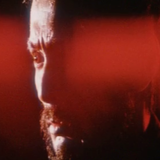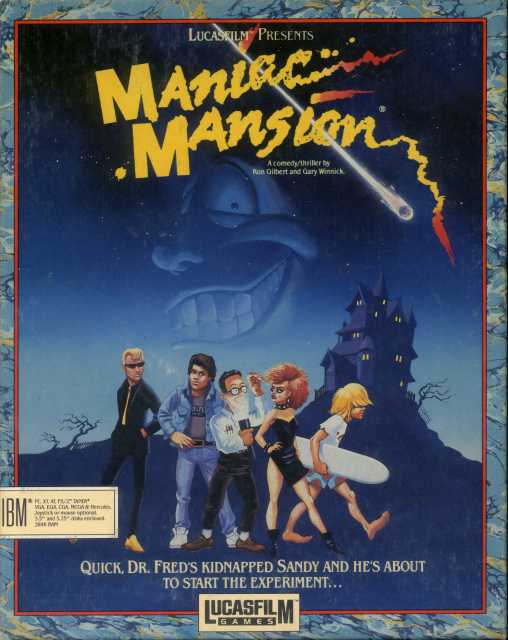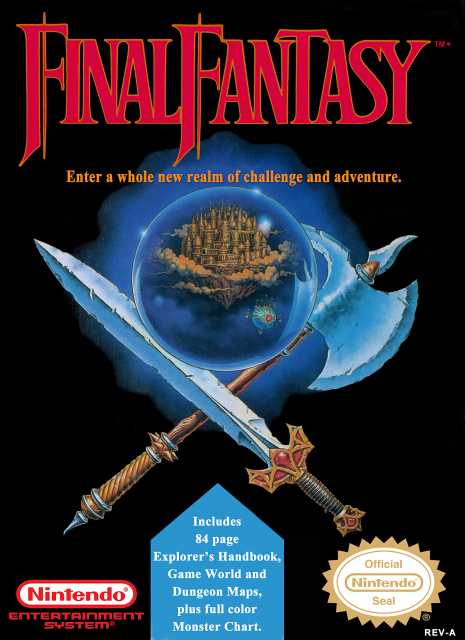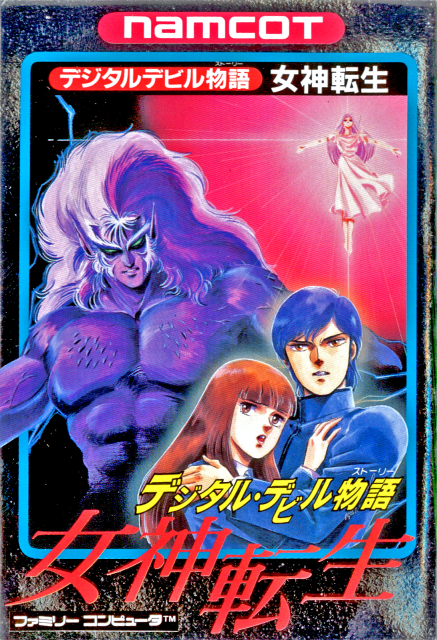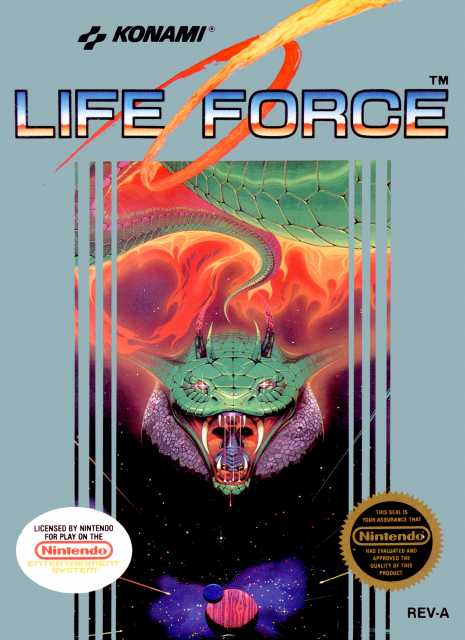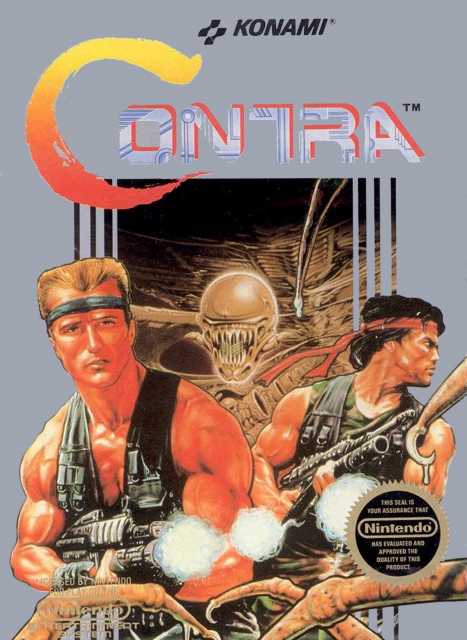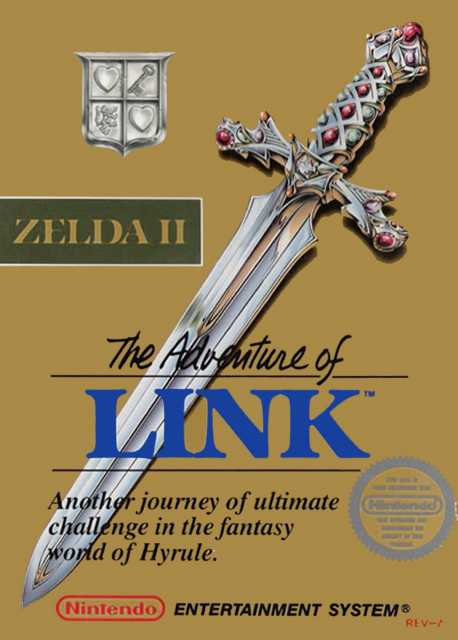The best Zelda sequel. What that means is cryptic at this point with all the pseudo-sequels and timeline headcannon. Some might even say it's the only Zelda sequel given it's numerical value contained in the title. What I mean by 'best sequel', is that it refuses to be iterative. It works as a successor and not as a reassessment.
It's the only Zelda that can be confidently labelled as an RPG---a game closer to other side-scrollers on the system like Faxanadu and The Battle of Olympus, but a good deal better in my mind. One of the prime reasons is its battle system, which rewards spacing, reaction, and timing; Link can attack high and low, time jumps to attack weak points, use magic, and special learned abilities in order to defeat enemies. It can feel like trading blows at times, but a good fight feels truly like a duel: a battle equal parts patience and reaction.
Although it might look completely unlike the first Zelda, they're connected in their attitudes. Both are hard-fought games with enemies more than capable of kicking your ass (which alone divides them from the rest of the series), but their representations of their respective worlds are similar. I don't mean this literally, clearly they're different, with Zelda II operating via a world map and 2D sidescrolling. What I mean is that their worlds aren't (as) contrived for player experience. Secrets exist below the surface, and the ones that push the game forward seem just as mischievously placed as the ones that award you with supplementary resources. It's frustrating, but also wild and believable, especially when compared to the codified, easily recognizable dead-ends of following Zelda titles.
The worldbuilding of Zelda II compliments the danger of the world and the complacency that arises from being stuck. This Zelda game is about prevention. The world is not in a good place, and Ganon is coming back. Yet the improved scale of the game includes towns, where people carry on, only vaguely aware of the imminent danger. This inclusion makes the journey more urgent. This isn't a trek into the wilderness or an unfriendly world, it's the wilderness and danger taking over a living one. Dying means letting more than yourself or some vague heroic responsibility down, it means the loss of multiple communities. One of the greatest of all 'Game Over' screens seems to confirm this, all by simply depicting a foreboding, silhouetted Ganon.
I coined this as the year of promise, and Zelda II: The Adventure of Link seemed to promise a game series that continuously reimagined itself from the ground-up. Unfortunately, sometimes promises go unfulfilled.
